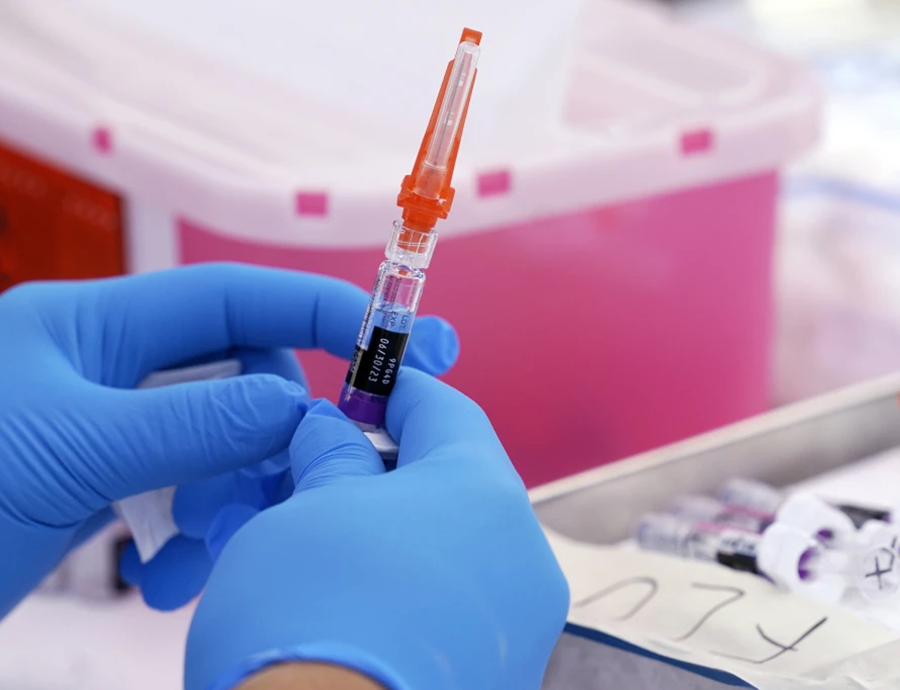Amid the COVID-19 challenges, a significant breakthrough emerged: The eradication of a prevalent strain of influenza. The Yamagata-lineage of type B influenza, once a significant contributor to seasonal flu outbreaks, has been absent from surveillance reports since March 2020.
COVID-19 restrictions gave it “the killer blow which knocked it out,” said Ian Barr, deputy director of the World Health Organization’s Collaborating Center for Reference and Research on Influenza in Melbourne, in an interview with Seattle Times. This marks a milestone in the realm of public health.
This accomplishment is attributed to an effort to implement strict measures aimed at curbing the transmission of respiratory pathogens, including widespread adoption of preventive practices such as using masks, distancing physically and enhancing hygiene protocols. These interventions collectively dealt a decisive blow to the Yamagata strain which disrupted its transmission dynamics and ultimately lead to its elimination.
According to health officials, the implications of this are far reaching. The absence of the Yamagata strain has translated into a reduction in influenza-related morbidity and mortality, particularly among vulnerable populations such as children and the elderly.
The eradication of this strain has alleviated pressure on healthcare systems worldwide. This resulted in substantial cost savings and a more efficient allocation of healthcare resources. “The theoretically plausible eradication of influenza B virus could remove this considerable clinical and economic burden,” Florian Krammer, a professor of vaccinology at the Icahn School of Medicine at Mount Sinai in New York, and colleagues wrote in a paper in the journal Lancet Infectious Diseases.
In response to this shift, efforts are underway to adapt existing vaccine formulations to adjust to the evolving influenza virus. The transition to three strain flu vaccines in the U.S., excluding the Yamagata strain, underscores a proactive approach toward optimizing vaccine effectiveness in the face of changing disease dynamics. Despite initial concerns regarding regulatory processes and manufacturing logistics, stakeholders have demonstrated agility in expediting the development and distribution of updated vaccine formulations.
The removal of the Yamagata strain from vaccine compositions not only streamlines the vaccine manufacturing process but also enhances vaccine safety by eliminating the need to produce antigens for an obsolete strain. This approach is expected to bolster vaccine production capacity and enhance global vaccine accessibility, particularly in underserved regions.
Looking ahead, researchers are exploring innovative strategies to further enhance vaccine efficacy and resilience against future influenza threats. This includes investigating novel vaccine formulations, such as next-generation adjuvants and multi-strain vaccines, as well as leveraging advancements in vaccine delivery technology to optimize immune responses and broaden vaccine coverage.







